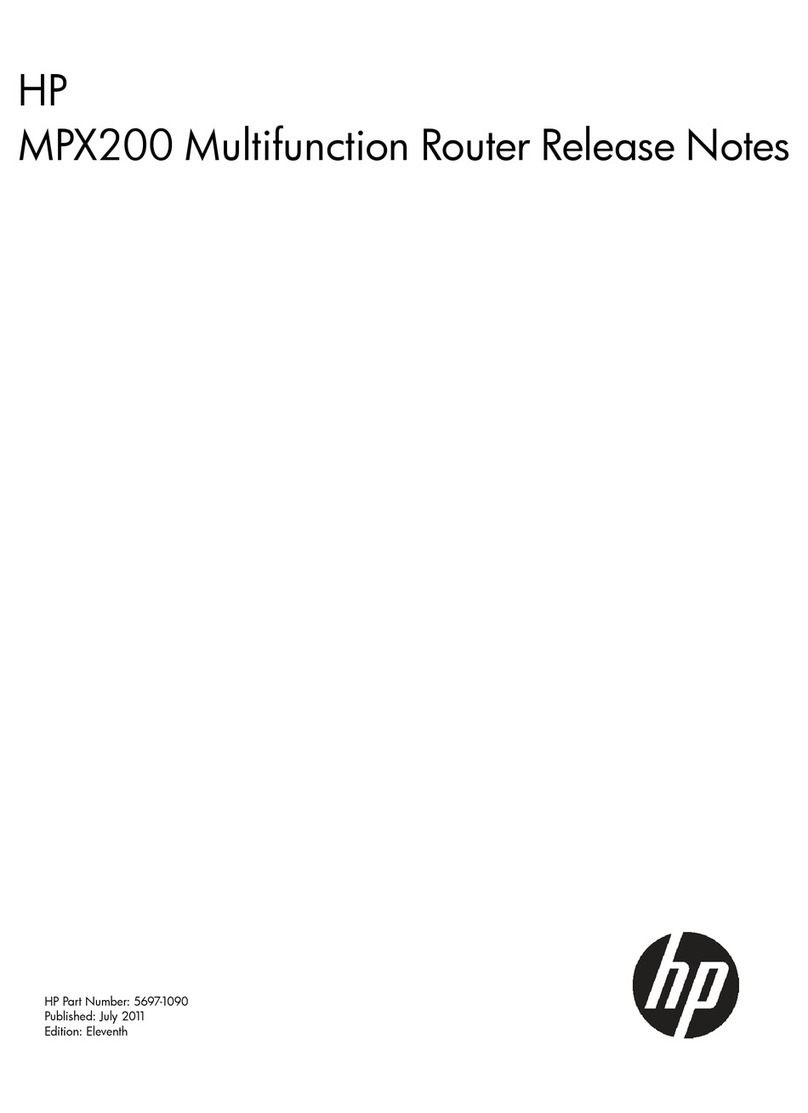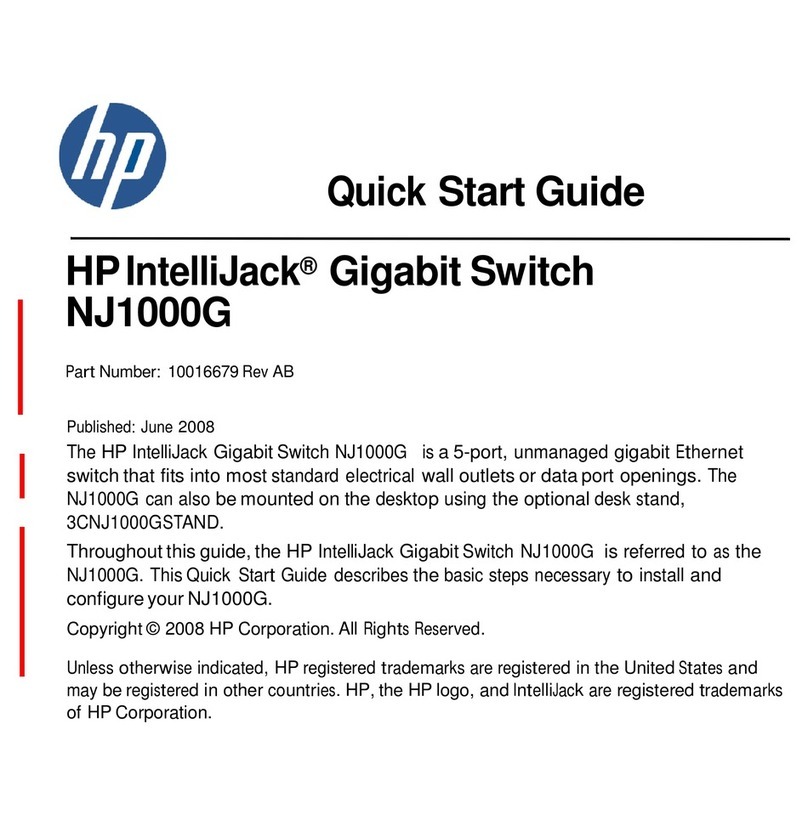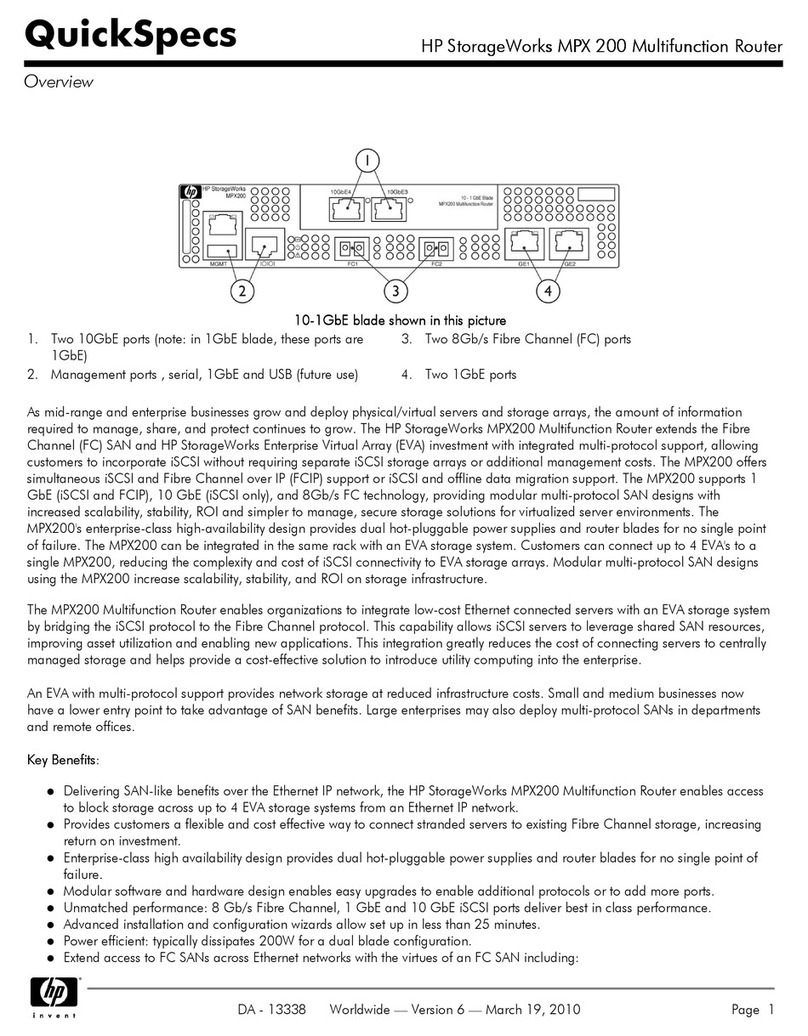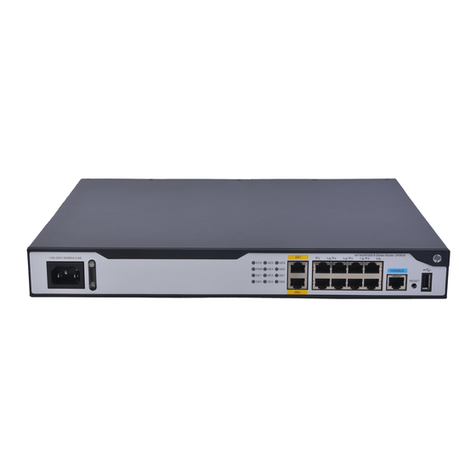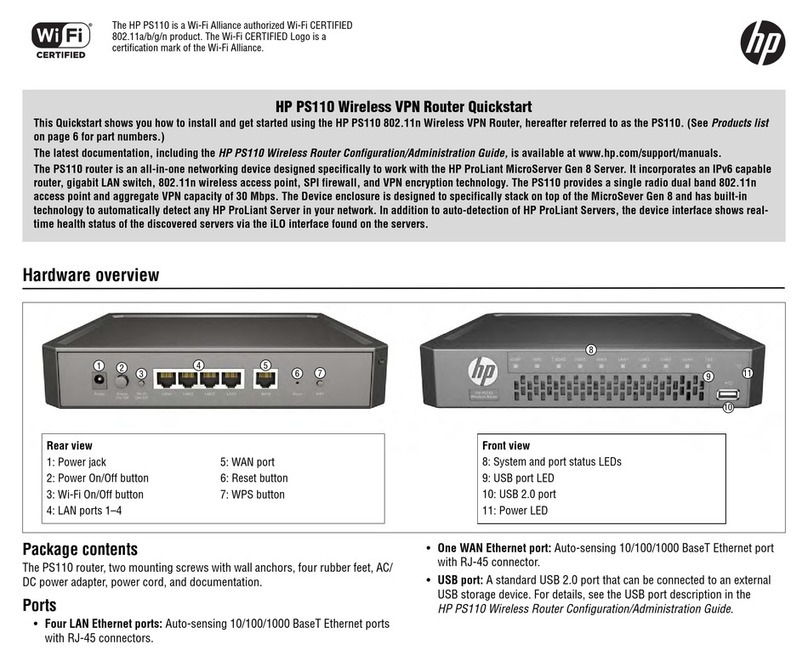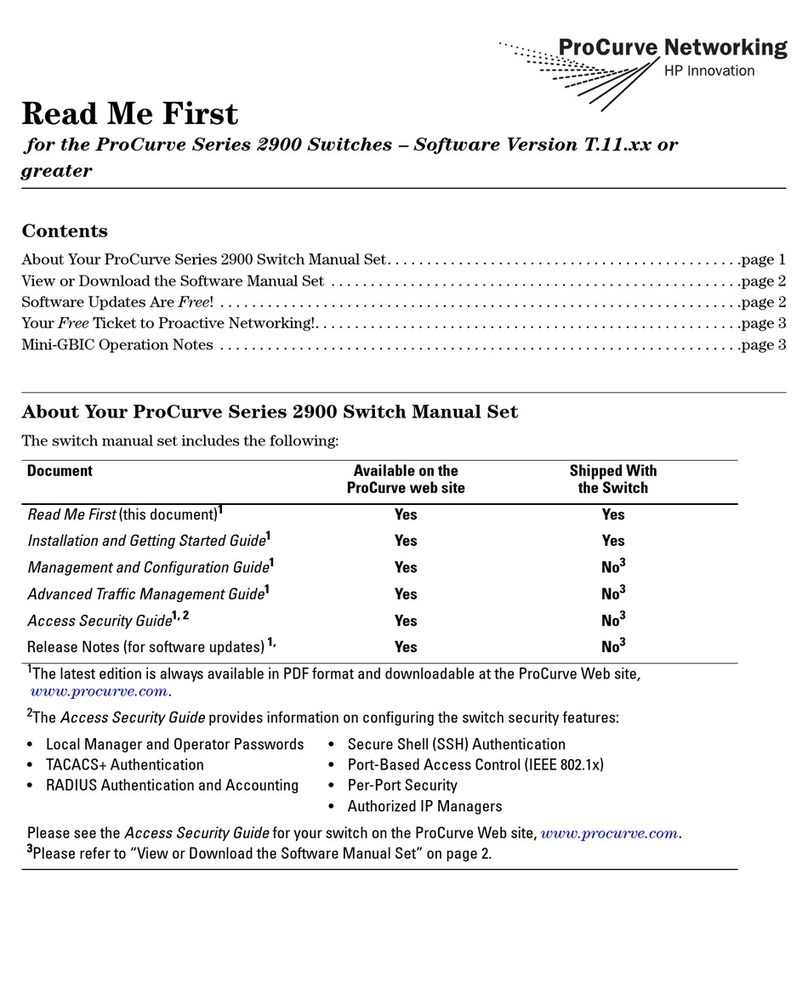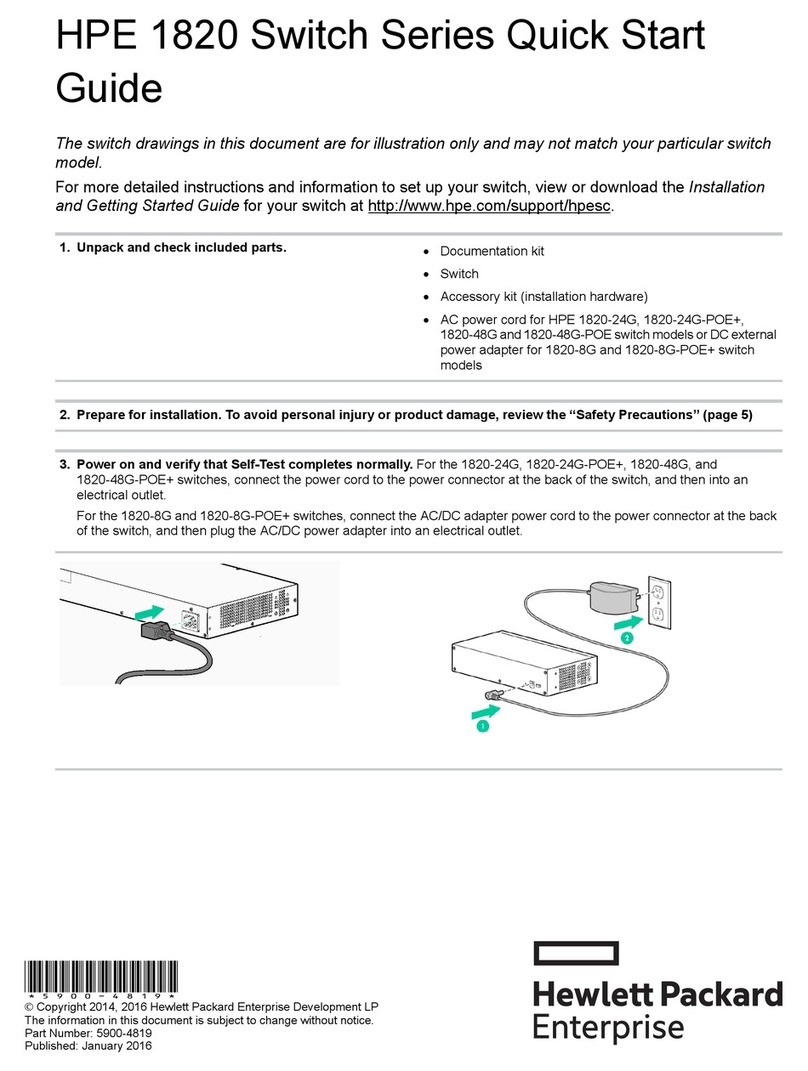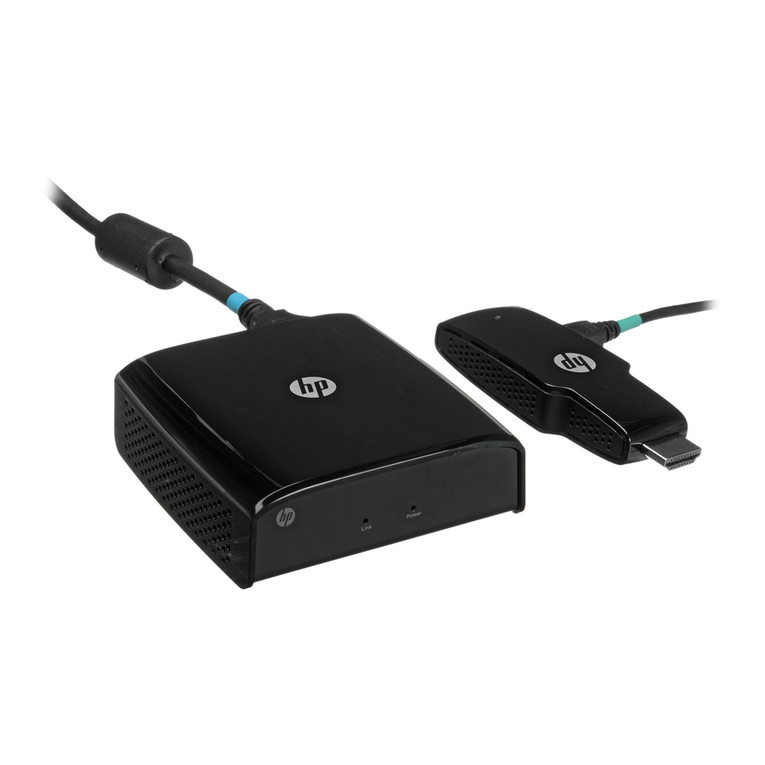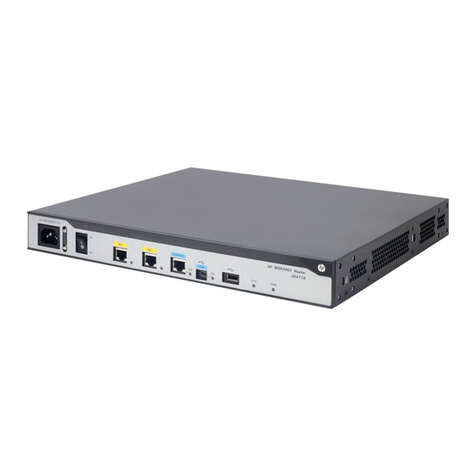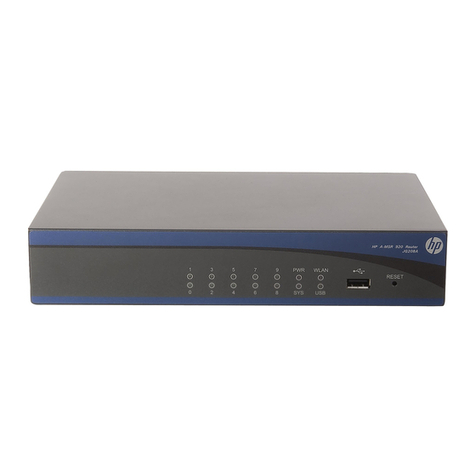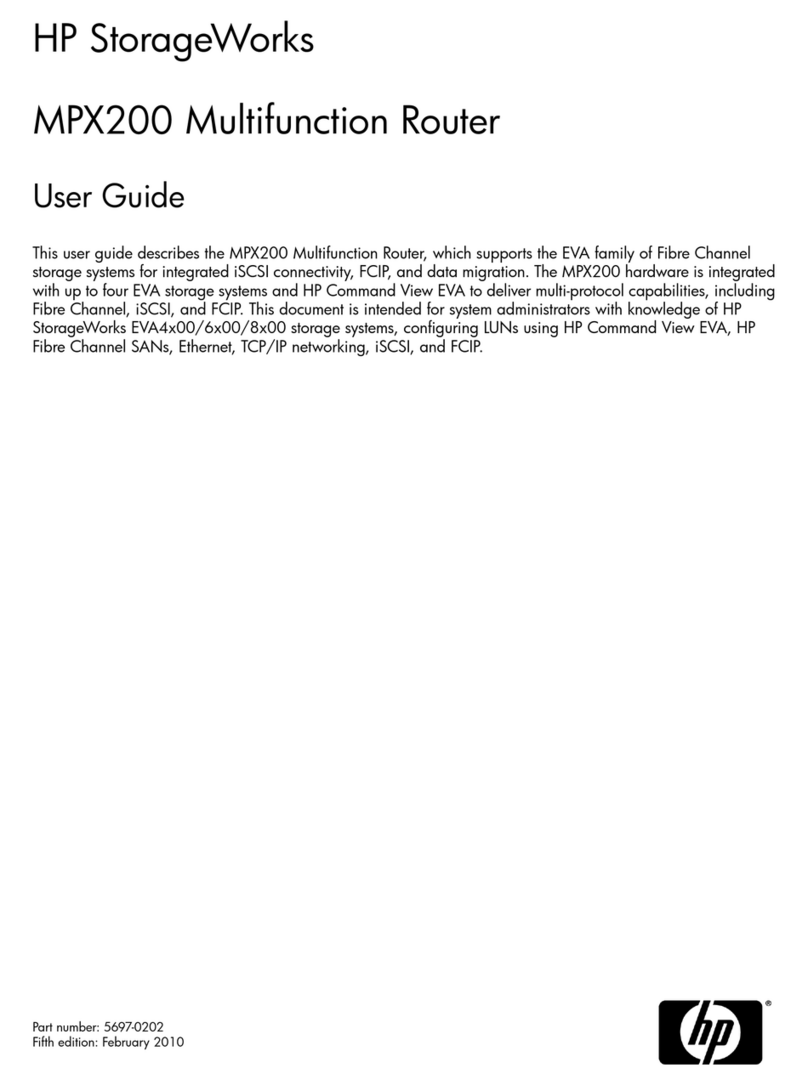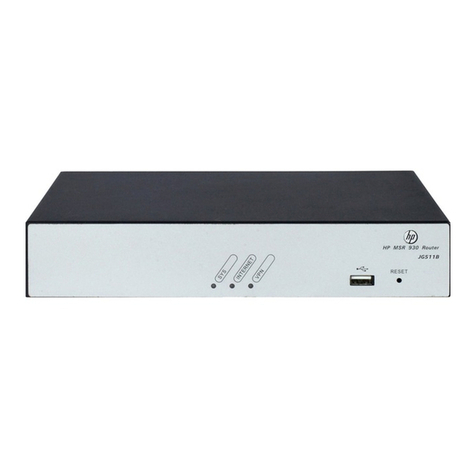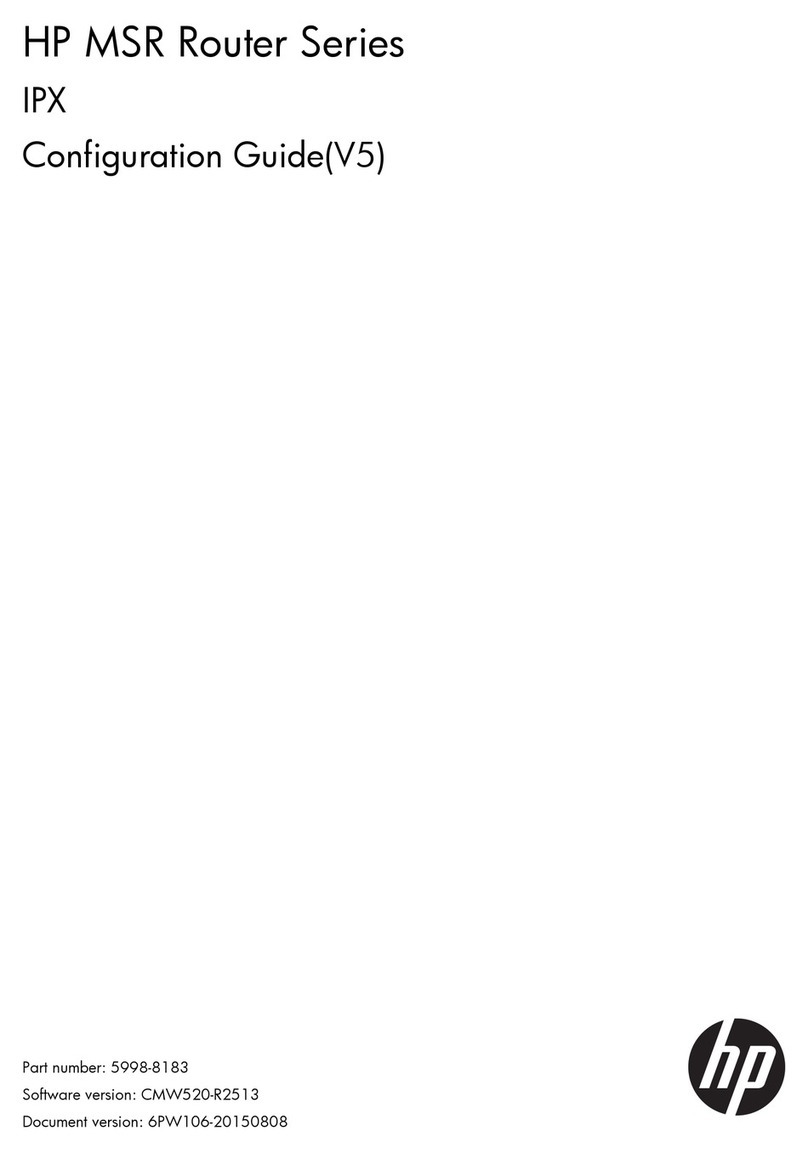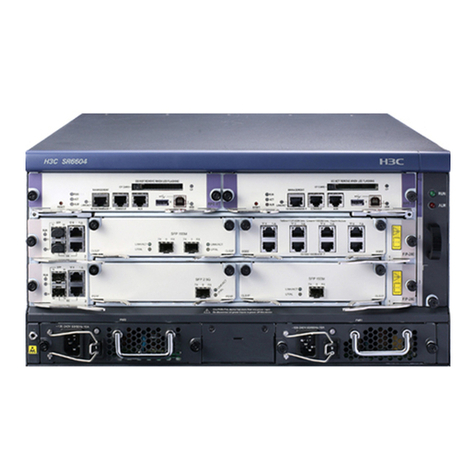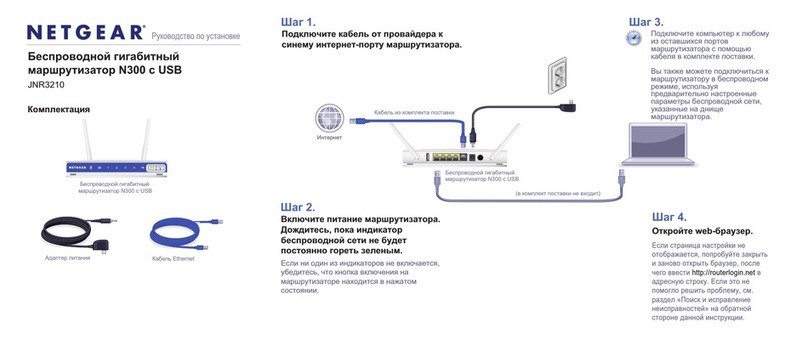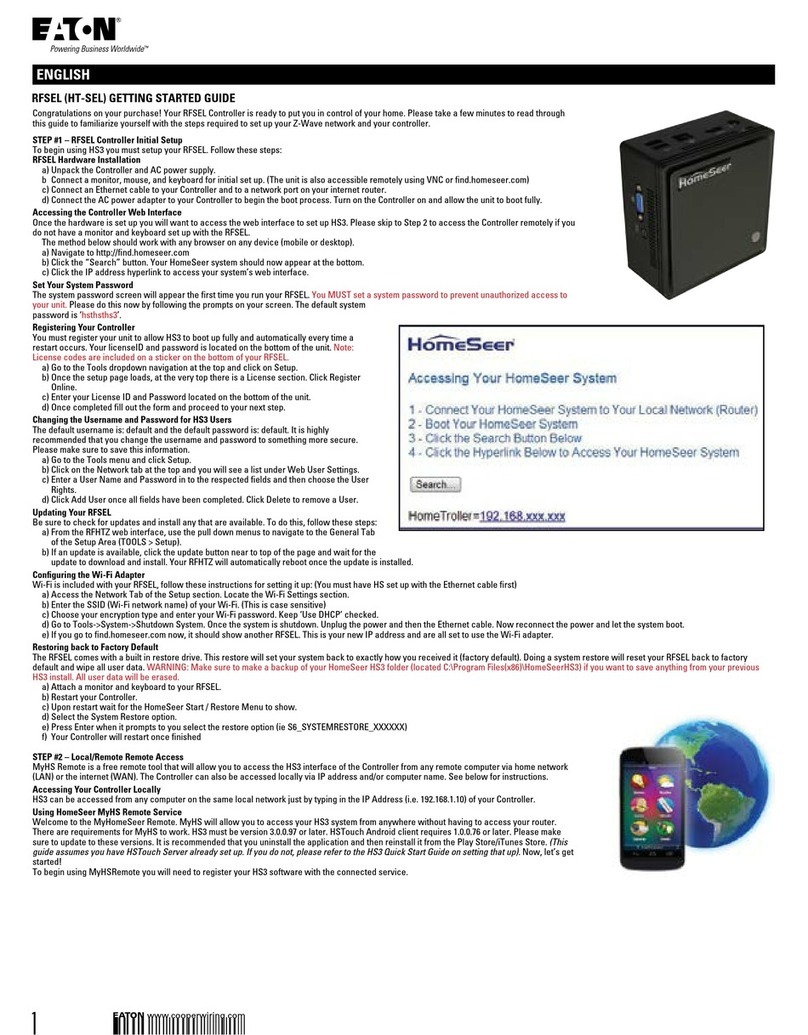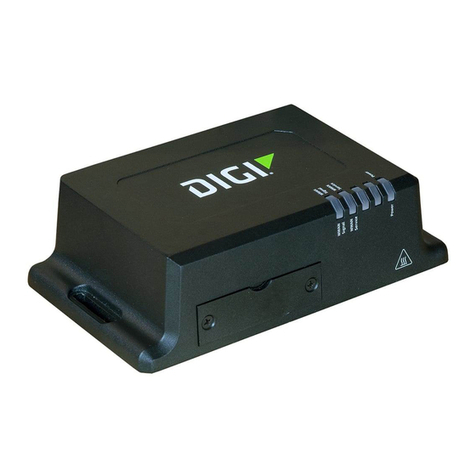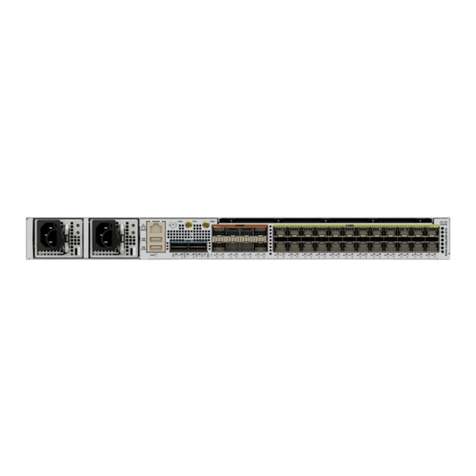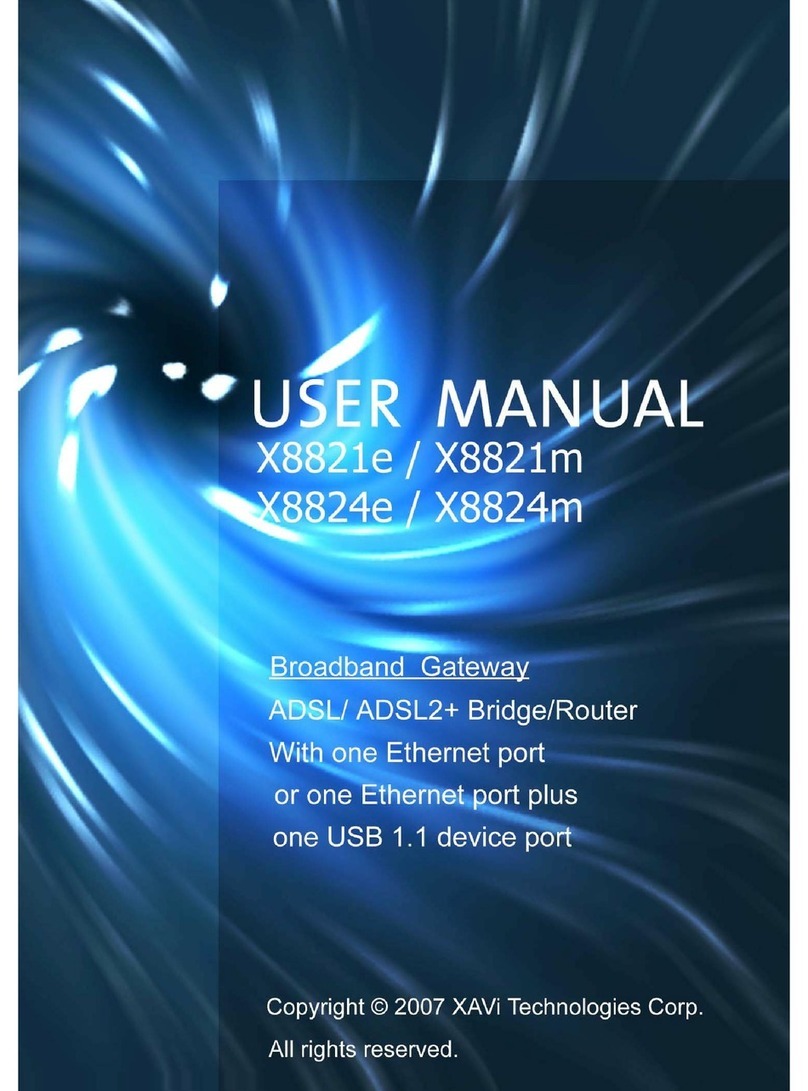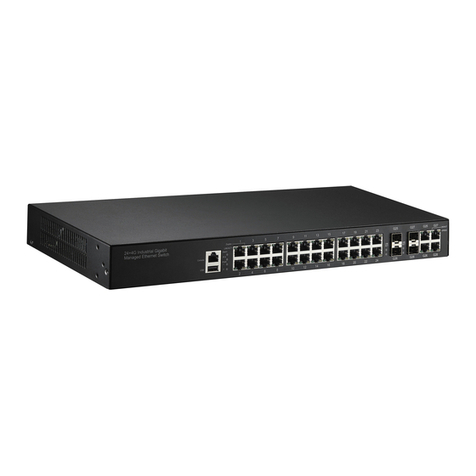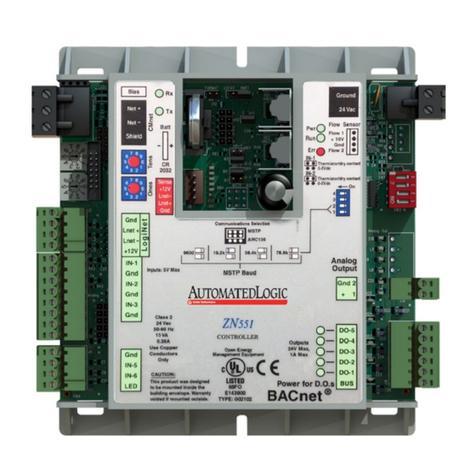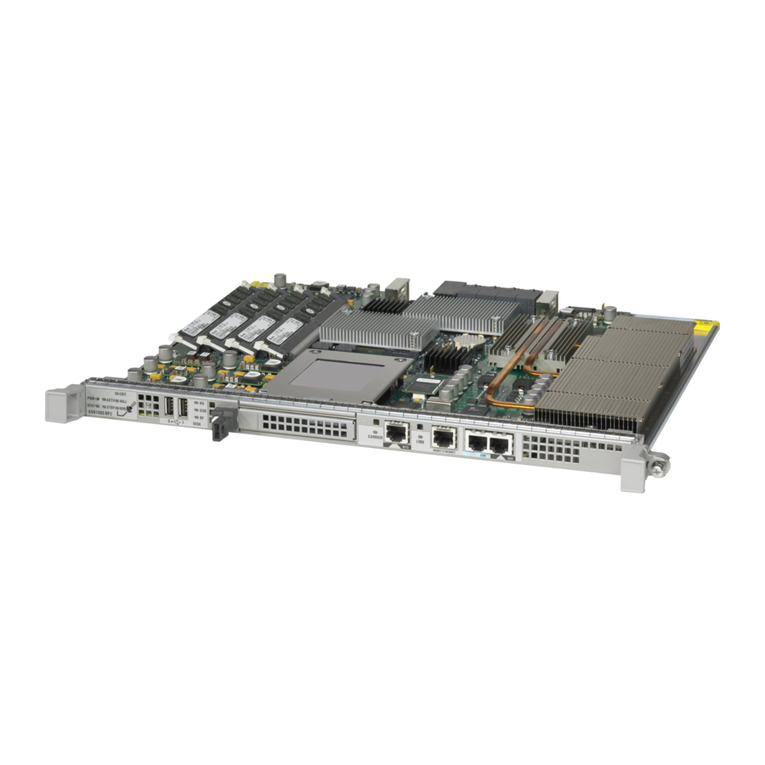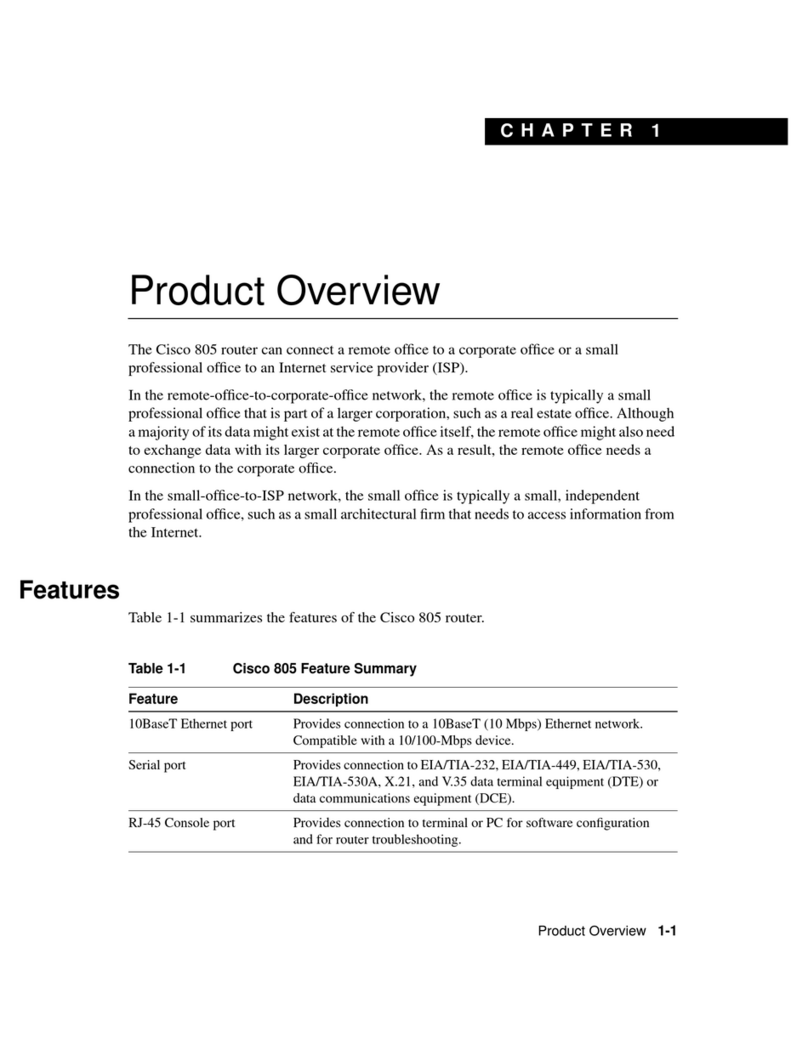
iv
Configuring IS-IS ····················································································································································· 113
Overview·······································································································································································113
Terminology ·························································································································································113
IS-IS address format·············································································································································113
NET ·······································································································································································114
IS-IS area ······························································································································································115
IS-IS network types ··············································································································································117
IS-IS PDUs ·····························································································································································118
Supported IS-IS features······································································································································124
Protocols and standards ·····································································································································126
IS-IS configuration task list···········································································································································126
Configuring IS-IS basic functions ································································································································127
Configuration prerequisites ································································································································127
Enabling IS-IS·······················································································································································128
Configuring the IS level and circuit level ··········································································································128
Configuring the network type of an interface as P2P······················································································128
Configuring IS-IS routing information control············································································································129
Configuration prerequisites ································································································································129
Configuring IS-IS link cost···································································································································129
Specifying a priority for IS-IS ·····························································································································131
Configuring the maximum number of ECMP routes ························································································131
Configuring IS-IS route summarization··············································································································131
Advertising a default route ·································································································································132
Configuring IS-IS route redistribution ················································································································132
Configuring IS-IS route filtering··························································································································132
Configuring IS-IS route leaking ··························································································································133
Tuning and optimizing IS-IS networks························································································································134
Configuration prerequisites ································································································································134
Specifying intervals for sending IS-IS hello and CSNP packets ·····································································134
Specifying the IS-IS hello multiplier····················································································································134
Configuring a DIS priority for an interface·······································································································135
Disabling an interface from sending/receiving IS-IS packets·········································································135
Disabling hello source address check for a PPP interface ··············································································135
Enabling an interface to send small hello packets···························································································136
Configuring LSP parameters·······························································································································136
Configuring SPF parameters ······························································································································139
Assigning a high priority to IS-IS routes············································································································140
Setting the LSDB overload bit·····························································································································140
Configuring system ID to host name mappings································································································141
Enabling the logging of neighbor state changes·····························································································142
Enhancing IS-IS network security ································································································································142
Configuration prerequisites ································································································································142
Configuring neighbor relationship authentication ···························································································142
Configuring area authentication························································································································143
Configuring routing domain authentication······································································································143
Configuring IS-IS GR····················································································································································144
Enabling IS-IS SNMP trap ···········································································································································144
Binding an IS-IS process with MIBs ····························································································································145
Configuring BFD for IS-IS·············································································································································145
Displaying and maintaining IS-IS ·······························································································································145
IS-IS configuration examples·······································································································································146
IS-IS basic configuration ·····································································································································146
DIS election configuration ··································································································································151
Configuring IS-IS route redistribution ················································································································155


